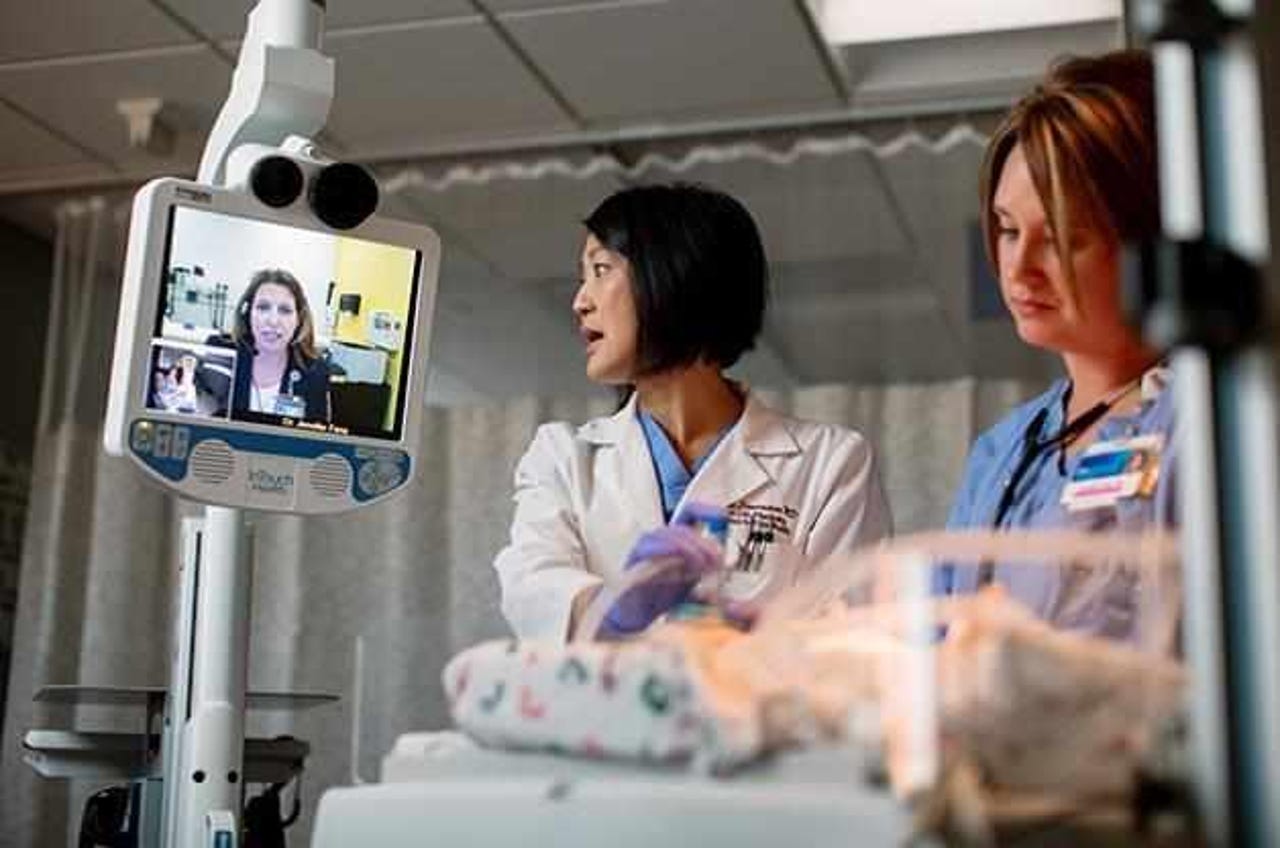Trump touts telemedicine: What is it and what do you need to know?


What is digital health?
During a wide ranging March 17 coronavirus briefing, President Trump and officials with key roles in the federal response to the ongoing pandemic discussed everything from deploying the DOD's stockpile of MASH triage units to fiscal levers the administration hopes will stem the economic fallout from the crisis. One topic that got significant coverage, and that we're going to be hearing a lot more about in the coming months and years, was telemedicine, also called telehealth services.
"The Trump administration is taking swift and bold action to give patients greater access to care through telehealth during the COVID-19 outbreak," Centers for Medicare & Medicaid Services Administrator Seema Verma said, adding "These changes allow seniors to communicate with their doctors without having to travel to a healthcare facility so that they can limit risk of exposure and spread of this virus. Clinicians on the frontlines will now have greater flexibility to safely treat our beneficiaries."
As we've covered, Telemedicine has the potential to distribute doctors and medical services into local communities virtually, helping ease some of the strain and inequality in the current healthcare ecosystem. During times of health crisis, such as a global pandemic, the measures can also keep vulnerable populations, such as older patients and those with underlying medical conditions, in their homes and away from hospitals and doctors' offices, where they could become infected.
It's an idea that's gained purchase around the world over the last couple years. In France, people have had access to Telehealth cabins for months for fast, convenient healthcare. During the 2014-2016 Ebola crisis, the University of Virginia delivered care in parts of Africa via telemedicine.
Closer to home, technology companies have devised a range of novel solutions to offer patients telehealth options. A company called OnMed has developed a pod or freestanding station that allows users to have real-time consultations with a doctor or advanced practice provider via high definition video and audio. The station even allows doctors to prescribe and dispense common medications through a secure, automated vault. OnMed developed the technology to target patients with common ailments such as strep throat or sinus infections. Naturally, the OnMed station is self-disinfecting and cleans itself after each use.
Additionally, there's a whole subset of robotics dedicated to remote healthcare, everything from roving communication links that connect patients in hospitals with doctors to surgical robots that are just starting to enable surgeons to perform procedures on patients located miles away. Last fall, a doctor in India performed a heart procedure on a patient in a completely separate facility.
All to say, the field of technology supporting telemedicine has been evolving quickly over the last few years. Unfortunately, it's still not widely deployed, and the rollout of telehealth services as conceived by the Trump administration and Administrator Verma will in many cases have a decidedly more 20th century look. Think video conferencing, phone calls, and live chat over telehealth pods and remote monitoring devices.
What the move by the administration does on a logistical level is allow healthcare providers to bill Medicare and Medicaid for a much wider range of telehealth services than previously permitted, essentially unlocking access to remote consultations and care for millions who rely on the federal programs. Prior to this change, Medicare was only allowed to pay clinicians for telehealth services in certain circumstances, such as if a patient lives in a rural area and travels to a local medical facility to get telehealth services from a doctor in a remote location. In addition, the beneficiary would generally not be allowed to receive telehealth services in their home.
Loosening the guidelines is a necessary and important step, but it leaves many questions unanswered. Asked how patients, including millions of older Americans, might access telehealth and telemedicine services, Verma said they should call their healthcare provider to inquire. In other words, facilities that haven't been able to bill Medicare and Medicaid and may not have been encouraged to build remote access infrastructure by private insurers are now tasked with offering telemedicine options to patients.
The transition is likely going to be bumpy as both providers and patients try to navigate networking and telecommunications challenges in lockstep, and if you have an older relative or neighbor who's not savvy with Skype or other video services, it may be a kind gesture to call and offer to walk them through the process of creating accounts and navigating new platforms as the need arises.
All of this is positive news for those technology companies that have telemedicine solutions in the field. The face of medicine is surely going to be different coming out of this crisis. Hopefully the country--indeed the world--has the bandwidth, flexibility, and know-how to cope.